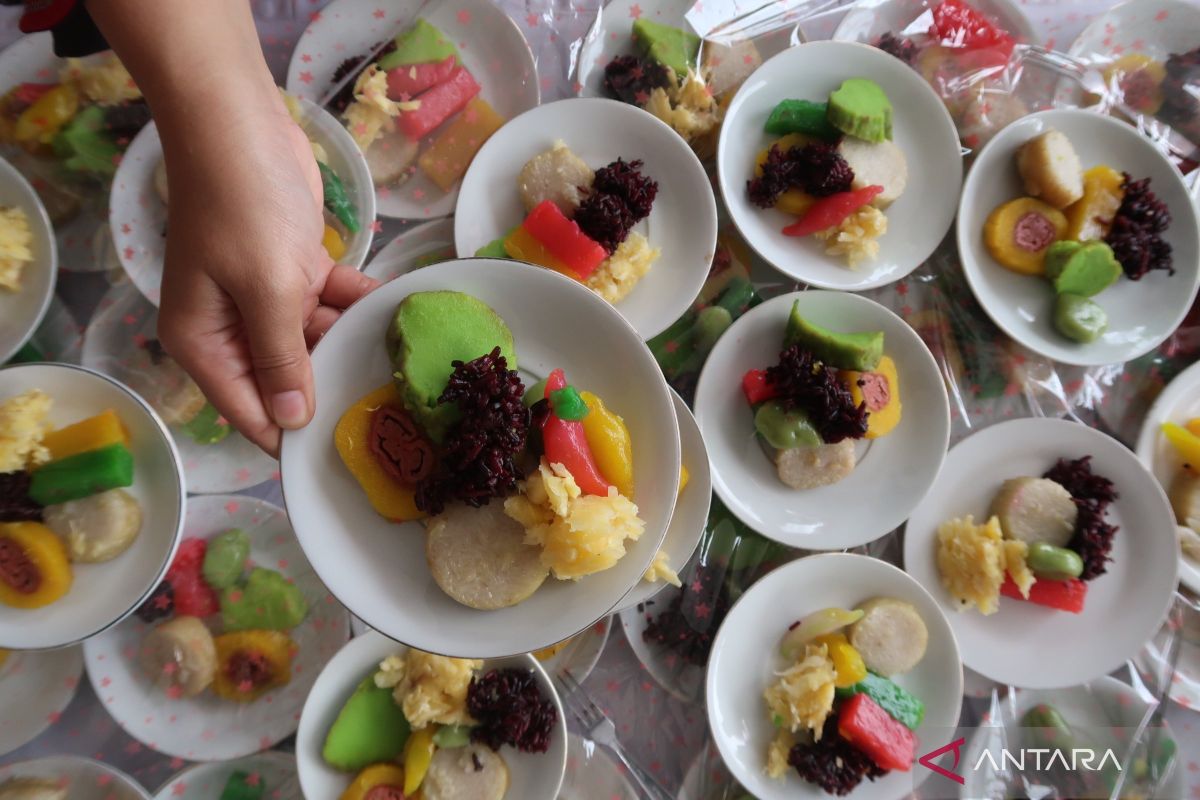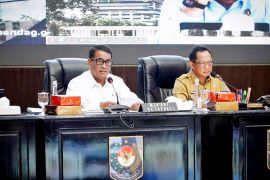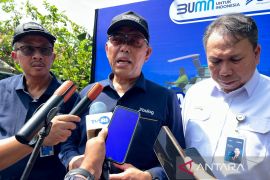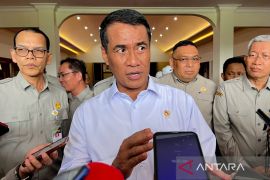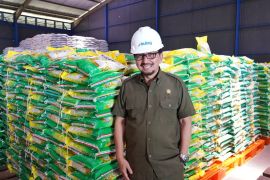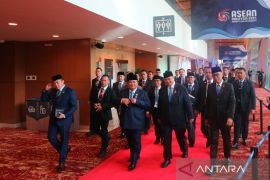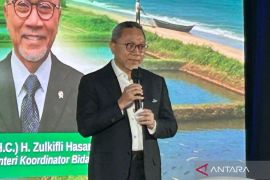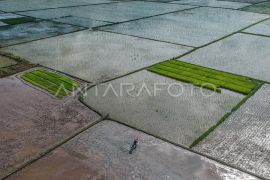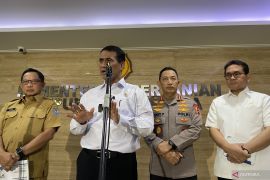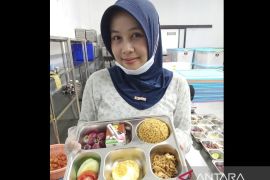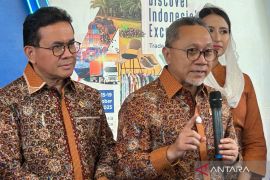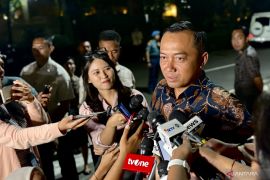The community's dependence on rice is quite high. According to Statistics Indonesia (BPS), almost all areas in Lombok have land for rice planting. In 2024, Lombok produced 785,927 tons of unhusked rice, accounting for 54.07 percent of the total production in West Nusa Tenggara.
Food is a means of understanding the history and culture of any civilization. It also serves as a universal language to convey the warmth and friendliness of local communities.
After all, every dish—through its sweet, spicy, salty, savory, sour, or even bitter flavors—conveys a unique story and set of values.
Therefore, it’s not surprising that the Indonesian government has opened a diplomatic corridor through food to build and strengthen relations with other countries.
As part of food diplomacy efforts, from May 8 to 11, 2025, the Indonesia Gastrodiplomacy Series was held on Lombok Island, involving 38 delegates from various embassies and foreign attachés in Indonesia.
The delegates and attachés traveled to several areas, such as Mataram city, West Lombok district, and Central Lombok district, to sample their foods and learn about the traditions of the Sasak people.
Expert staff for sociocultural affairs and empowerment of Indonesian communities abroad at the Ministry of Foreign Affairs, Heru Hartanto Subolo, said that the foreign delegates, who came from 27 countries, admired the cultural heritage and hospitality of the people on Lombok Island.
The use of food as a tool for diplomacy is expected to build a foundation for the next steps in the fields of economy, education, tourism, culture, and politics.
Related news: Traditional dance, food part of Indonesian diplomacy at COP29
A taste of history through serabi
Bending slightly, Atukk Ayu inspected the serabi—a traditional pancake made with rice flour—she was cooking over a wood-fired flame. The scent of grilled rice and coconut milk was unmistakable.
The participants of the Indonesia Gastrodiplomacy Series visiting the West Nusa Tenggara State Museum drew closer to observe Ayu preparing the traditional pancake.
"Feel free to try the serabi. Eat it with grated coconut and palm sugar sauce," the 61-year-old woman told the delegates while she continued to cook.
Each serabi served by her represented the resources and the farming culture of the Sasak people.
The chief components of serabi—rice flour, coconut milk, grated coconut, and palm sugar—can all be sourced locally.
West Nusa Tenggara has been self-sufficient in rice since 1984 and has become a key national food production center, partly due to the Tekad Makmur Operation (OTM), which focuses on intensifying dry land rice cultivation.
The province’s non-swampy agricultural areas are highly dependent on rainfall, which limits farmers to planting rice just over once per year, as traditional rice fields cannot be cultivated during the dry season.
Thus, the land can be cultivated two to four times a year with various crops—such as rice, corn, beans, and even tobacco—depending on weather conditions."
The Sasak people are still maintaining their farming tradition, especially those living in areas with hilly topography and limited water sources.
As per the book Traditions of Farming of the Sasak-Lombok Community of West Nusa Tenggara, published by the West Nusa Tenggara State Museum, the farming process involves both profane and sacred activities.
Here, "sacred" means that the activities cannot be performed carelessly. For instance, they require the use of special materials and tools, such as betel leaves. They are profane in the sense that they are common activities that use tools according to their function, such as hoes.
The Sasak people's farming process reflects several social and cultural values, including mutual cooperation.
In addition to rice, there is also a story about how coconut and sugar palm came to be added to serabi.
Coconut is the second-largest plantation commodity in West Nusa Tenggara after tobacco. Statistics Indonesia (BPS) data shows that 50 thousand tons of coconuts were produced from 58 thousand hectares of land in the province in 2024.
Meanwhile, sugar palm recorded a production volume of 386 tons from a land area of 572 hectares. The region with the largest sugar palm plantation was West Lombok, with a harvest area of 199 hectares, followed by East Lombok (124 hectares) and North Lombok (75 hectares).
A single plate of serabi can offer deep insights into the history and culture of West Nusa Tenggara’s people. The government must carry out optimal efforts to make food a driving force for the economy, trade, and diplomacy.
Related news: Ministry trains tourism players in Lombok to improve services
Gastrodiplomacy
Indonesians' friendliness is a reflection of their social, cultural, and historical values, as well as their unique environment.
Many foreigners find comfort in traveling in Indonesia. Its food, the friendliness of its people, and beautiful natural attractions draw tourists to the country.
Austrian Ambassador to Indonesia, Thomas Loidl, who joined the Indonesia Gastrodiplomacy Series 2025 program, said that he was impressed by the friendliness of the people of West Nusa Tenggara.
The experiences gained during the four-day visit to places across Lombok Island have left an indelible mark on him.
In addition to foods with rice as the main ingredient, West Nusa Tenggara also has several other foods that can be used in culinary diplomacy or gastrodiplomacy due to their uniqueness, such as ayam taliwang (grilled chicken) and sate bulayak (beef satay).
Through gastrodiplomacy, it is hoped that the local potential can be promoted, encouraging the local community to raise their awareness of their cuisines and culture.
Related news: Lombok: ITDC strengthens green tourism in Mandalika
Translator: Sugiharto Purnama, Raka Adji
Editor: M Razi Rahman
Copyright © ANTARA 2025
